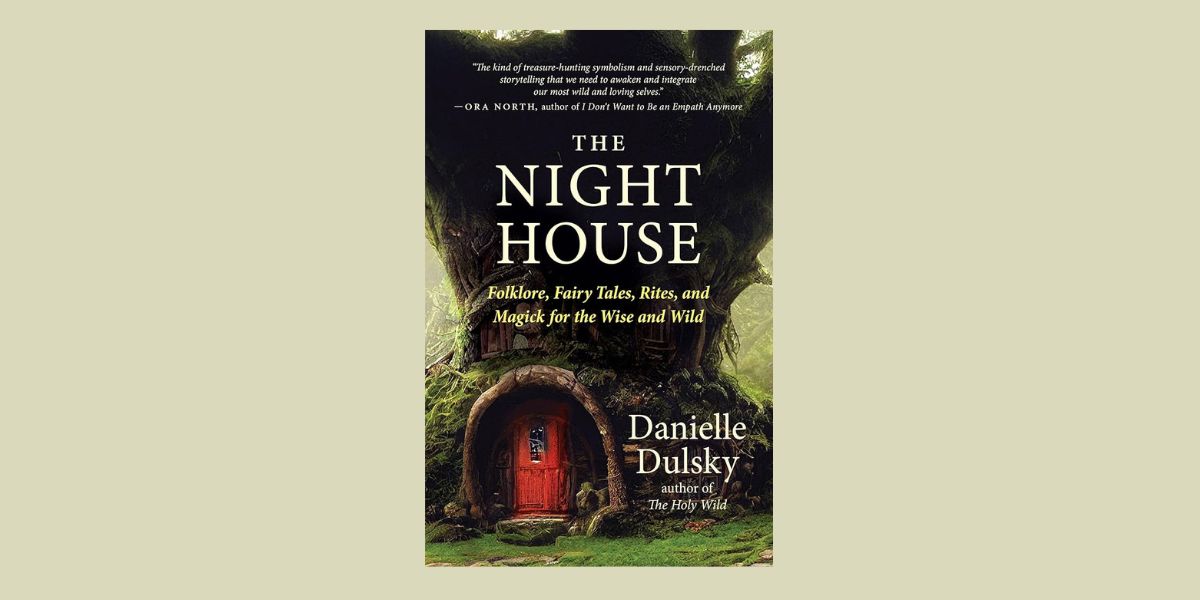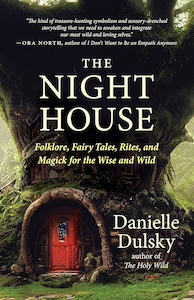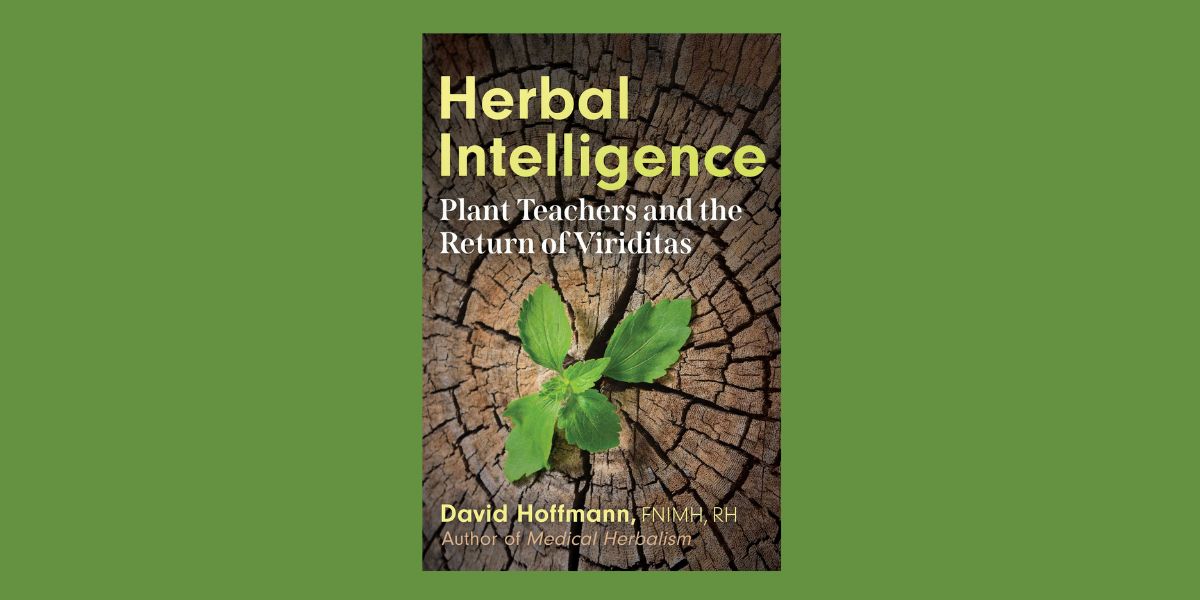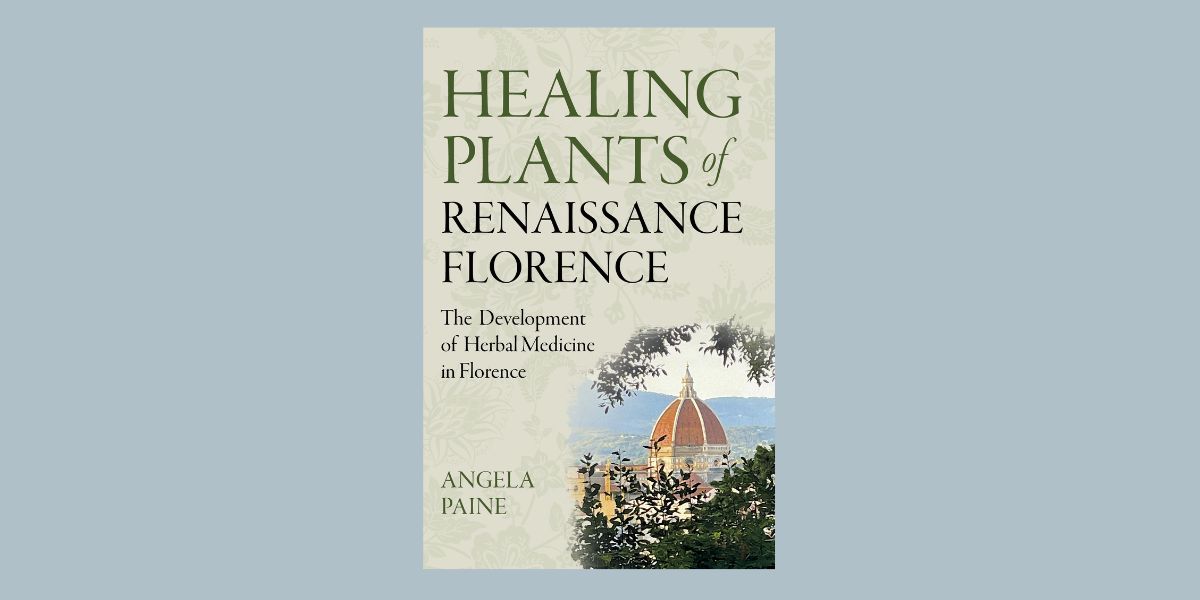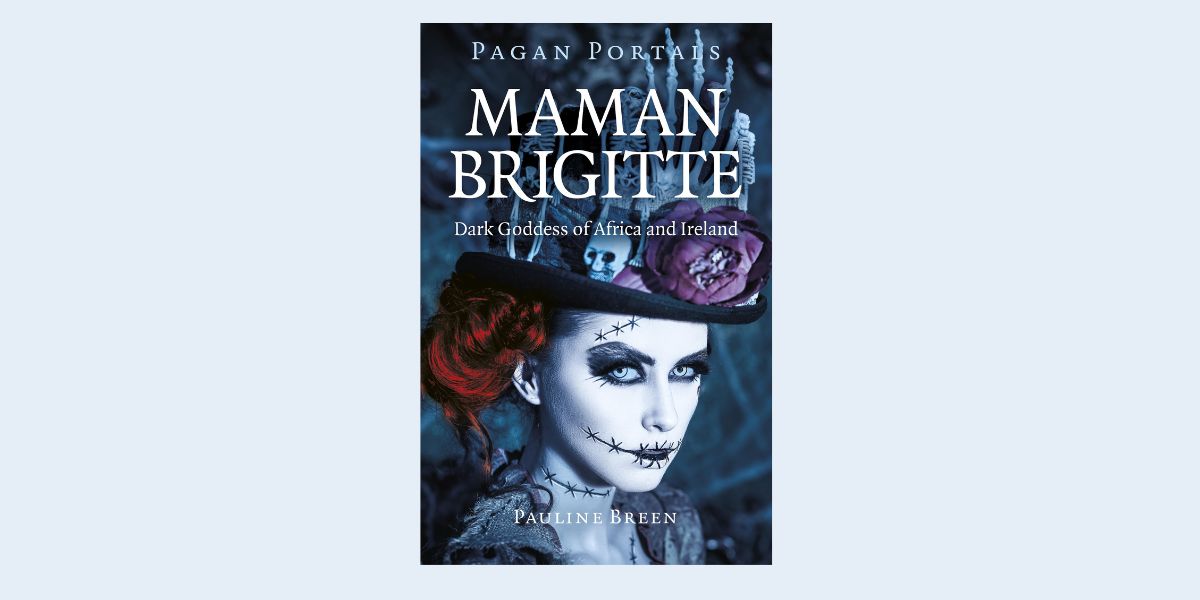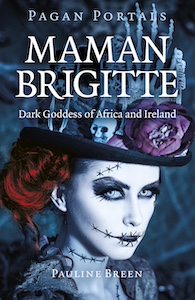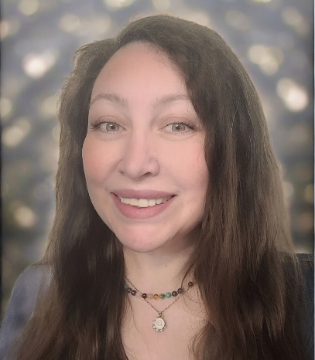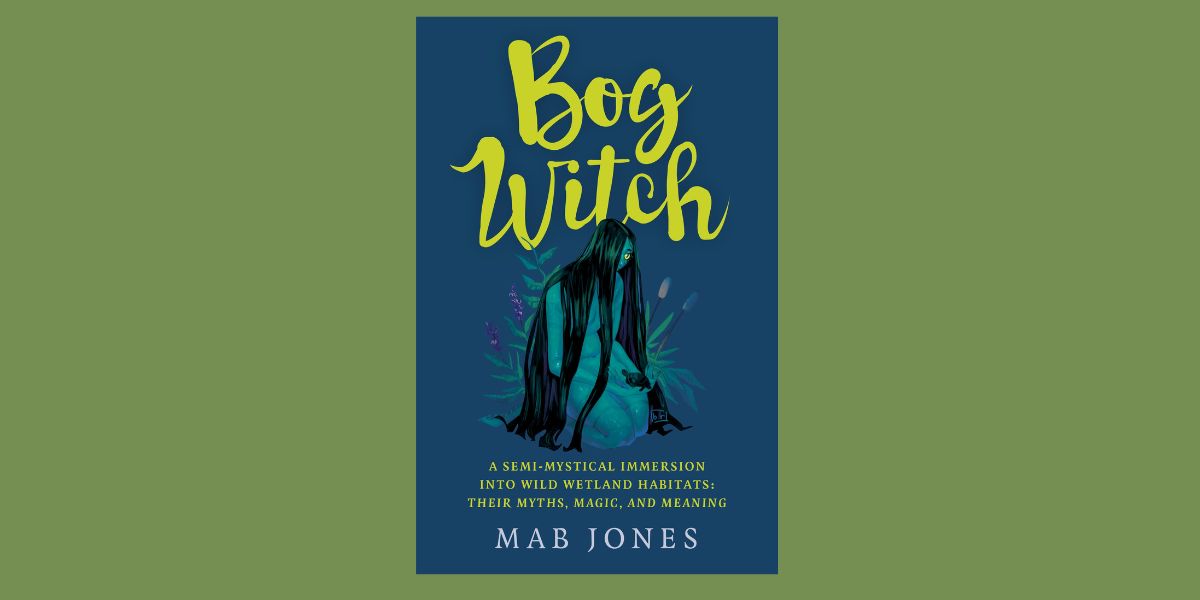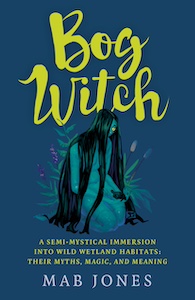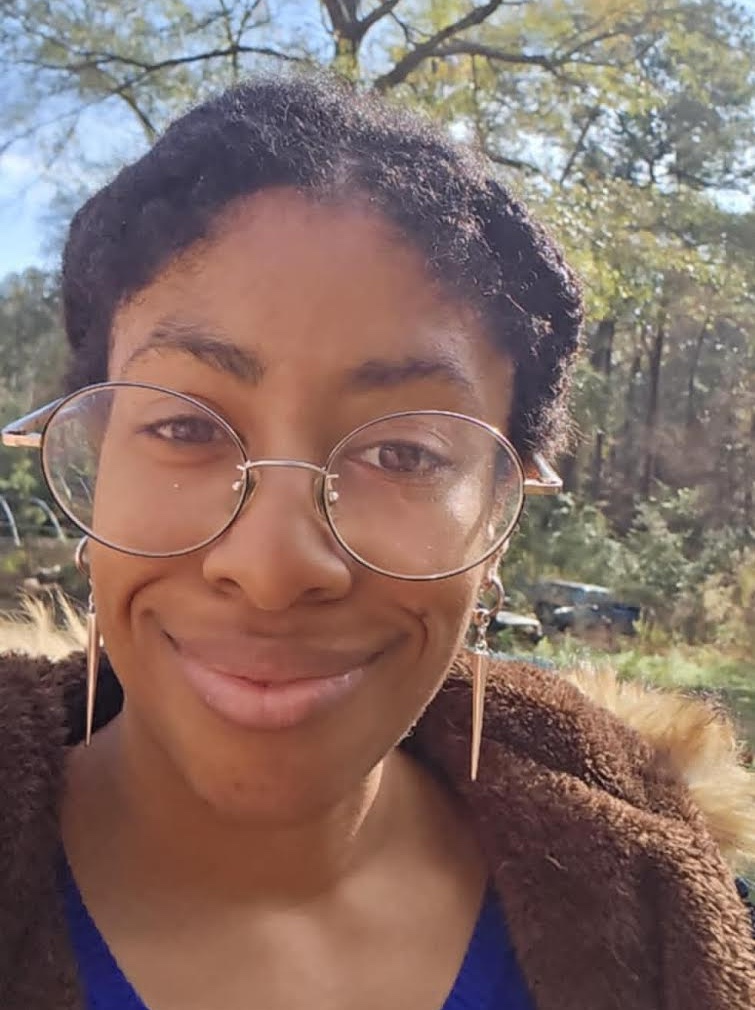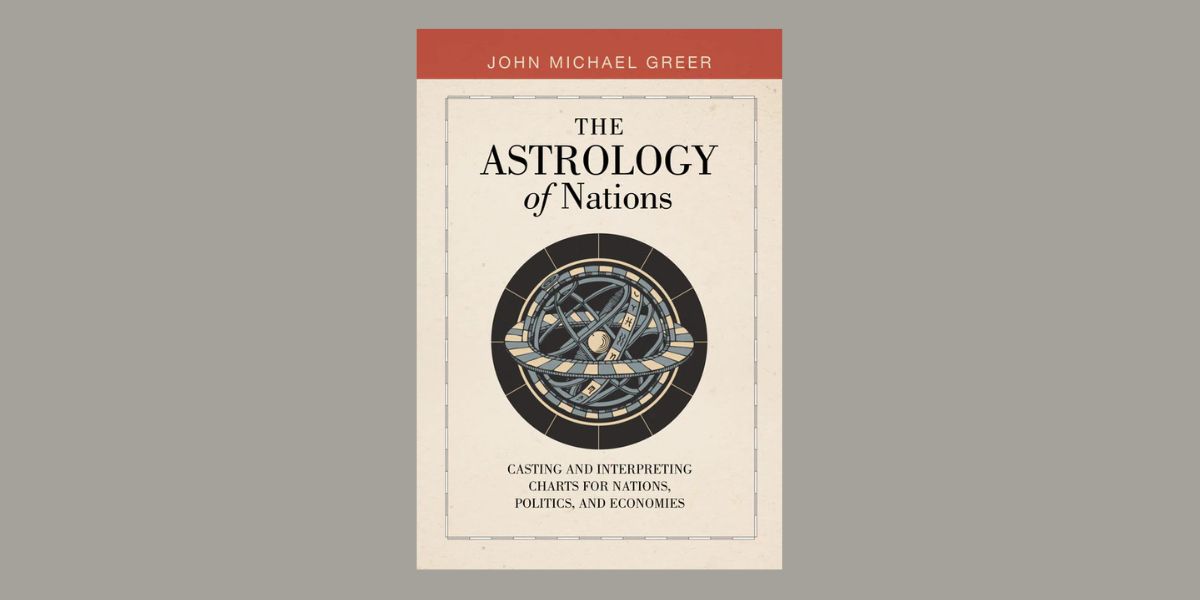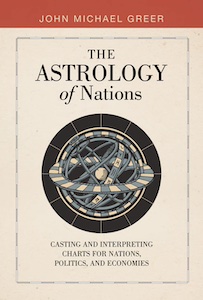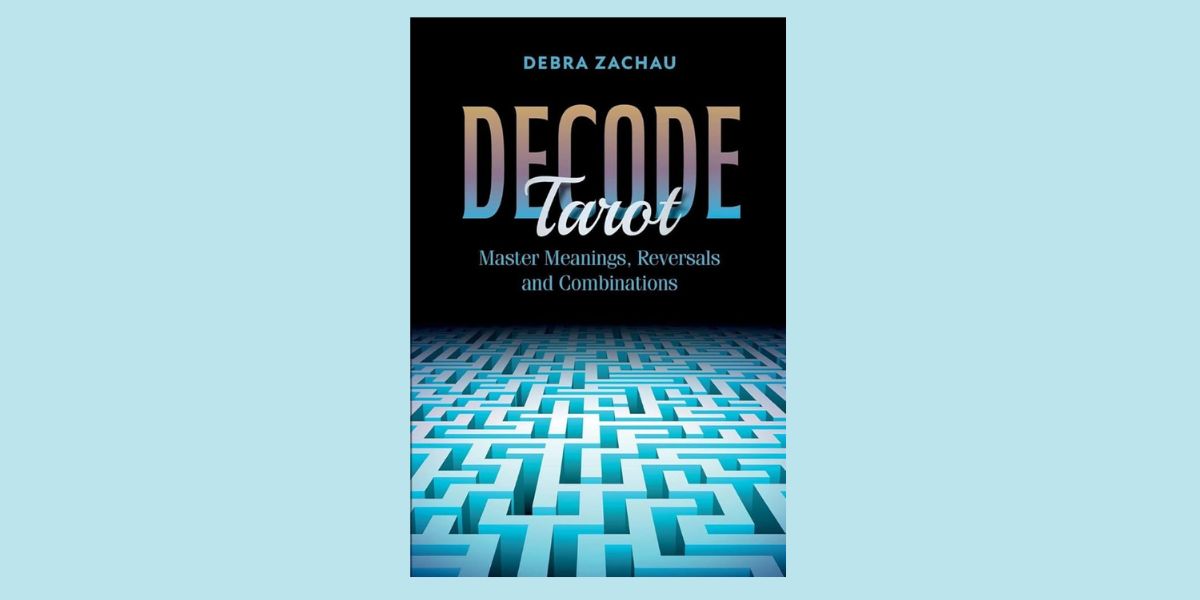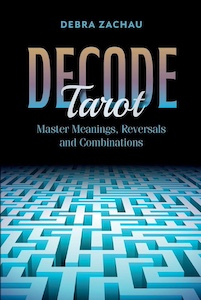
Pagan Portals: Hestia: Goddess of Hearth, Home & Community, by Irisanya Moon
Moon Books, 1803415894, 120 pages, April 2025
Pagan Portals: Hestia: Goddess of Hearth, Home & Community by Irisanya Moon is an exploration of the often overlooked Greek goddess, Hestia. Known as the deity of the hearth, home, and communal harmony, Hestia’s influence is both subtle and profound. Moon’s book seeks to illuminate Hestia’s role in Ancient Greece and integrate Her into modern pagan spirituality for those seeking to connect with her. The book is part of the Pagan Portals series, which aims to provide accessible introductions to various pagan deities and practices.
Moon begins this book by delving into Hestia’s mythology, exploring her characteristics and the role she played in Greek culture. Unlike other deities, Hestia is not often depicted in grandiose myths but is revered for her quiet strength and the stability she brings to both domestic and communal spheres; she has no temples dedicated to her and it’s believed she didn’t taken human form the way the other gods and goddesses did. In the little bits of recorded history about Hestia, it appears she avoided the drama and power-grabs of her Olympian brothers and sisters, preferring to stay out of the squabbles. In return, Zeus granted her wish to remain an eternal virgin.
Despite her lack of public worship spots, Hestia remains present in the most important part of the household: the hearth. Moon writes:
“The heart was designated as a palace for practical and spiritual connection. This was a place where people would gather to celebrate, but also to tend to the complexities of community. A hearth was the heart, and a place where things could be broken and fixed. Again and again. To me, this is the holiness of Hestia, the magick and the mystery of fire.”1
While modern homes are no longer usually centered around the hearth, this doesn’t mean we can’t still invite Hestia into our home and lives. Moon shares plenty of ways to connect with Hestia from embracing her spirit of community to creating one’s own hearth, whether on an altar space or within their heart. There’s a whole chapter dedicated to ways one can worship her, as well as one on her symbols and ideas for offerings.
One thing Moon emphasizes in this book that I found really interesting is how creating sacred space and fostering community is part of the worship of Hestia, or at least something she can assist you with once you form a relationship. Most books I’ve read on deities focus on establishing an individual relationship with them. Yet in this book, Moon offers suggestions for nurturing community such as agreeing on community values, group practices and rituals that can be done together, and navigating conflict and transitions
I really feel like Moon’s background in the Reclaiming tradition shines through when she discusses these things! In all my personal exploration, Reclaiming seems to give the most attention to tending community and fostering sustainable group relations. It’s evident from the way Moon writes that plenty of thought and reflection have been put into the concept of group worship, which I found so unique and necessary in the modern times where individualism is eroding the sacred bonds of community.
Moon also integrates her Reclaiming background into the practices she offers for readers to try. For instance, to create an initiation connection with Hestia, Moon invites readers to do a trance meditation journey to meet her. Later in the book, Moon shares a group trance to travel to the hearth of community. Other practices to connect with Hestia include cleaning, cooking, acts of service, and volunteering, all of which Moon offers specific suggestions for doing. Unlike more demanding deities, it seems simpler to incorporate Hestia’s essence into daily life.
The final chapter before the conclusion titled “Cultivating a Modern Relationship with Hestia” is where Moon really ties everything together, offering readers details about how to create their own relationship with Hestia. From initially making contact with her to building a relationship where expectations are clear, Moon teaches how to include Hestia in one’s day to day life with worship practices, hearth rituals, and gratitude workings. She even covers what to do if you are currently working with other deities. There’s a dedication ritual included too for those ready to take that next step.
Throughout the book, Moon balances academic sources with personal insights, making the content both informative and relatable. The beginning of the book really focuses on defining Hestia through historical sources, while the latter part of the book is more of Moon’s guidance on working with Hestia. Both are interesting, but I personally love Moon’s insights the most!
Overall, Pagan Portals: Hestia Is a thoughtful and enlightening exploration of a goddess who embodies stability and domestic peace. This book is ideal for those new to Hestia or seeking to deepen their understanding of Her influence. By highlighting Hestia’s role in fostering community, Moon underscores a timeless and universal need for connection and unity. This is a great read for anyone interested in connecting with Hestia as part of their spiritual practice to invite her dedicated values of home and community into their lives.
Alanna Kali is an astrologer, numerologist, and pioneer spirit that loves to explore life through the lens of depth psychology. She has a passion for studying the humanities and social trends. Her academic work is centered upon reuniting body, mind, and spirit through eco-psychology. She loves reading, spending time in nature, and travel.

